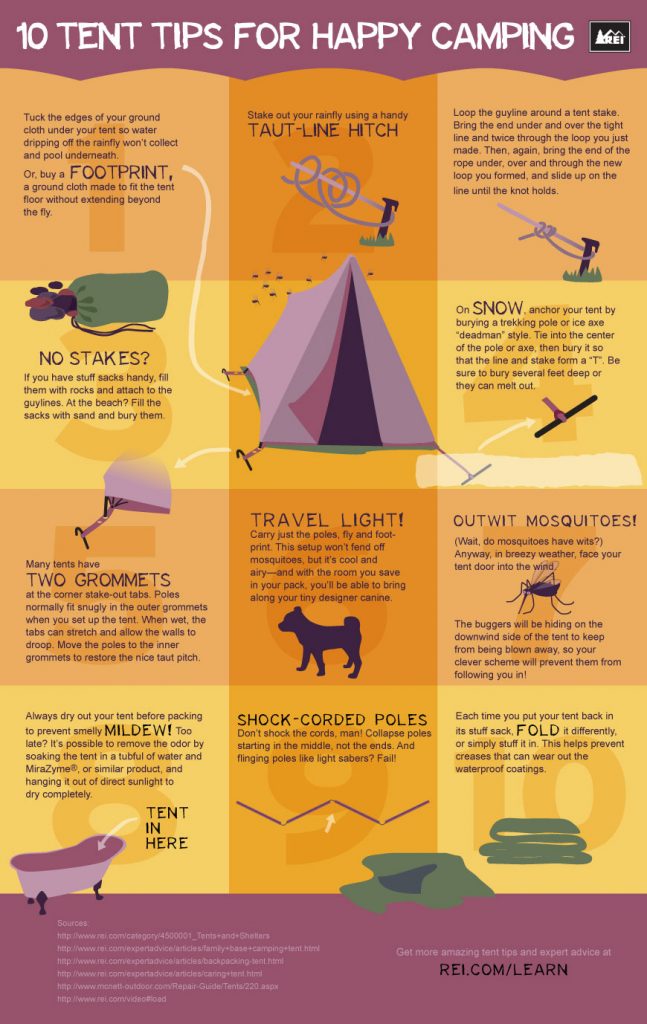Winter months camping is a fun and adventurous experience, but it requires appropriate gear to ensure you stay cozy. You'll need a close-fitting base layer to catch your body heat, along with a protecting jacket and a water-proof shell.
You'll additionally require snow risks (or deadman supports) buried in the snow. These can be connected making use of Bob's clever knot or a normal taut-line drawback.
Pitch Your Camping tent
Wintertime camping can be a fun and daring experience. Nonetheless, it is necessary to have the correct gear and know just how to pitch your outdoor tents in snow. This will certainly avoid cold injuries like frostbite and hypothermia. It is additionally crucial to eat well and stay hydrated.
When establishing camp, make certain to choose a site that is protected from the wind and without avalanche danger. It is additionally an excellent idea to load down the location around your outdoor tents, as this will certainly help in reducing sinking from body heat.
Before you set up your tent, dig pits with the exact same size as each of the support factors (groundsheet rings and person lines) in the facility of the outdoor tents. Load these pits with sand, rocks or perhaps stuff sacks filled with snow to compact and secure the ground. You may also wish to think about a dead-man anchor, which includes connecting camping tent lines to sticks of timber that are buried in the snow.
Pack Down the Area Around Your Camping tent
Although not a requirement in many locations, snow stakes (also called deadman supports) are an outstanding addition to your camping tent pitching kit when outdoor camping in deep or compressed snow. They are basically sticks that are made to be buried in the snow, where they will ice up and create a solid anchor factor. For finest results, utilize a clover hitch knot on the top of the stick and hide it in a few inches of snow or sand.
Establish Your Camping tent
If you're camping in snow, it is an excellent idea to use a camping tent designed for winter months backpacking. 3-season camping tents function fine if you are making camp listed below tree zone and not expecting particularly harsh weather condition, but 4-season camping tents have sturdier posts and fabrics and use more security duffel bag from wind and heavy snowfall.
Make sure to bring adequate insulation for your resting bag and a cozy, dry blow up mat to sleep on. Blow up mats are much warmer than foam and assistance prevent chilly places in your camping tent. You can additionally add an added mat for resting or food preparation.
It's also an excellent idea to establish your outdoor tents close to an all-natural wind block, such as a group of trees. This will make your camp extra comfortable. If you can't discover a windbreak, you can develop your own by excavating openings and burying things, such as rocks, tent stakes, or "dead man" supports (old tent man lines) with a shovel.
Restrain Your Tent
Snow stakes aren't essential if you use the ideal strategies to anchor your camping tent. Hidden sticks (maybe gathered on your strategy hike) and ski poles function well, as does some variation of a "deadman" buried in the snow. (The idea is to produce a support that is so strong you won't have the ability to draw it up, even with a great deal of effort.) Some makers make specialized dead-man supports, but I choose the simpleness of a taut-line drawback tied to a stick and after that hidden in the snow.
Recognize the terrain around your camp, especially if there is avalanche risk. A branch that falls on your outdoor tents can damage it or, at worst, hurt you. Likewise watch out for pitching your outdoor tents on a slope, which can trap wind and result in collapse. A protected location with a reduced ridge or hill is better than a steep gully.
